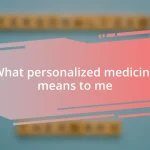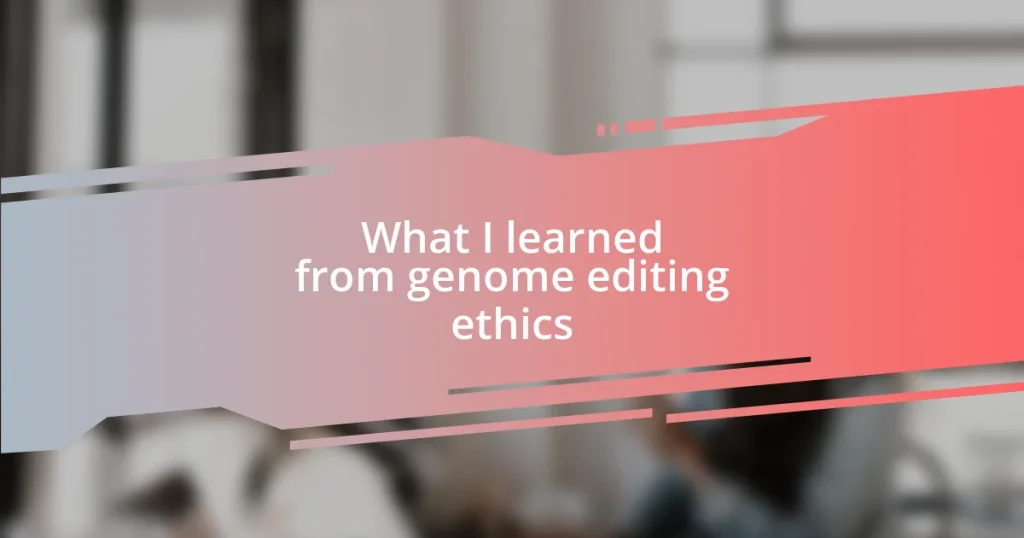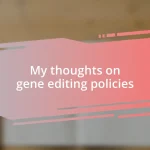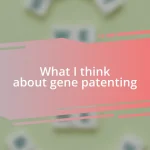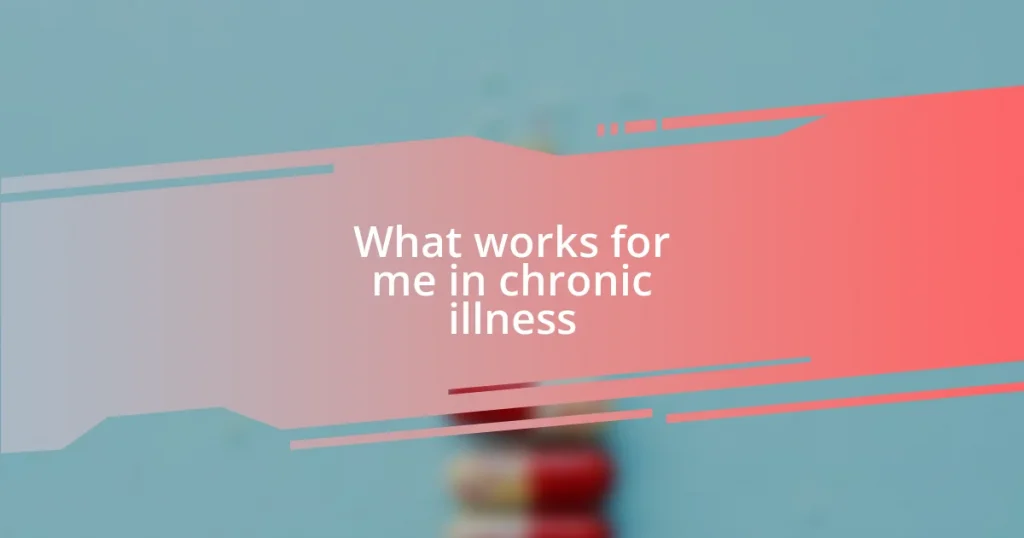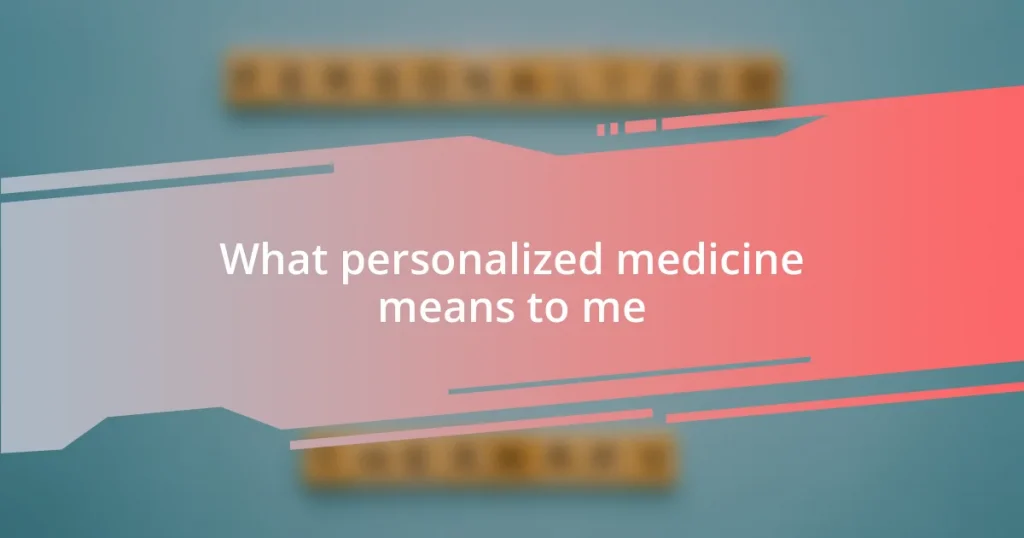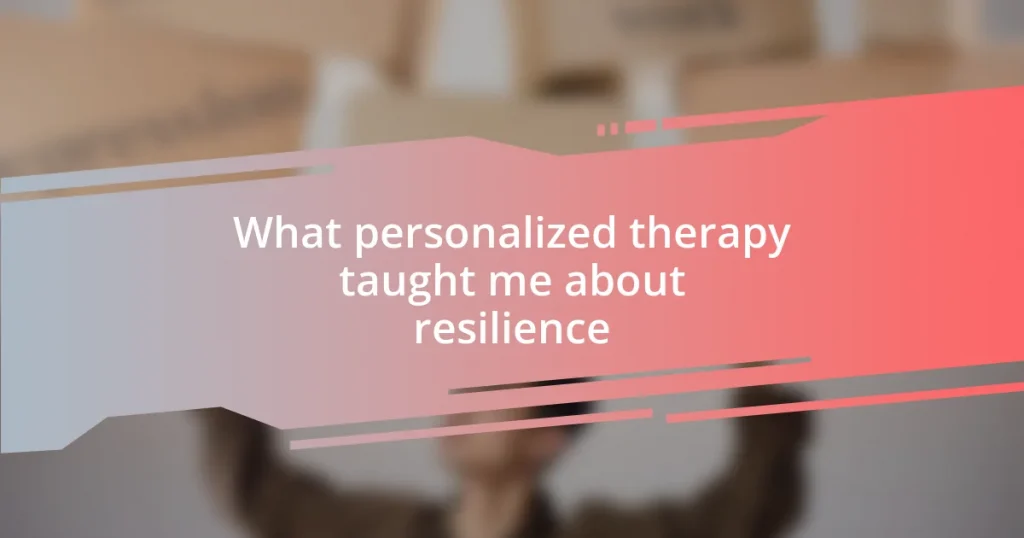Key takeaways:
- Genome editing, particularly CRISPR, offers groundbreaking potential for curing genetic disorders but raises significant ethical concerns about manipulation and responsibility toward future generations.
- Real-world applications of genome editing have shown promise in both medicine, like treating sickle cell anemia, and agriculture, improving crop resilience and sustainability.
- Establishing ethical guidelines is essential for fostering public trust, preventing misuse of the technology, and enabling interdisciplinary collaboration to address the complexities of genome editing ethics.
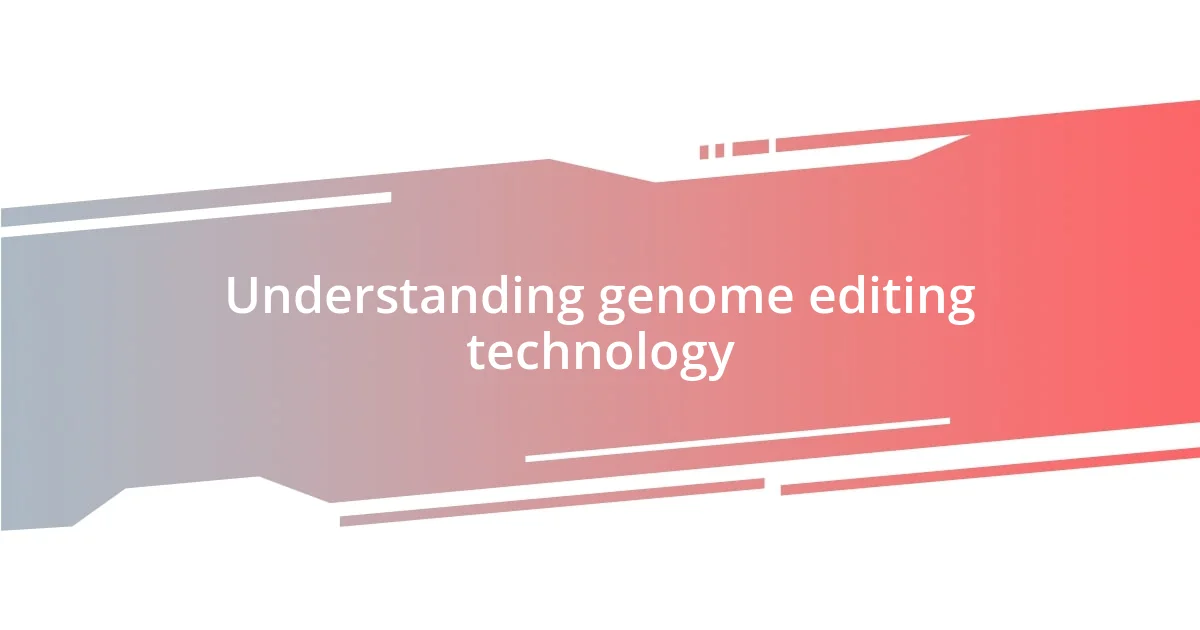
Understanding genome editing technology
Genome editing technology is a revolutionary tool that allows for precise alterations to an organism’s DNA. I remember the first time I saw a presentation on CRISPR, a powerful editing tool; it felt like witnessing science fiction turn into reality. The ability to cut, replace, or insert genes opens up fascinating possibilities, but it also raises crucial ethical questions about how far we should go in manipulating life.
As I reflect on my experiences in the field, I can’t help but wonder: Where do we draw the line? For instance, imagine editing genes to eliminate hereditary diseases—how tempting and life-changing that prospect is! Yet, I also feel a weight of responsibility; tampering with the building blocks of life could lead to unforeseen consequences. The emotional burden of using such technology responsibly is something I think about often, especially when considering the potential impact on future generations.
When we talk about genome editing, it’s crucial to understand not just the technology but also its implications for society. I’ve participated in discussions where passionate opinions flew back and forth, with some advocating for its use to enhance human abilities and others warning against playing God. Isn’t it fascinating how technology can elicit such profound emotions and debates? It’s clear to me that as we advance, we must navigate these waters thoughtfully, considering not only the science but also our moral compass.
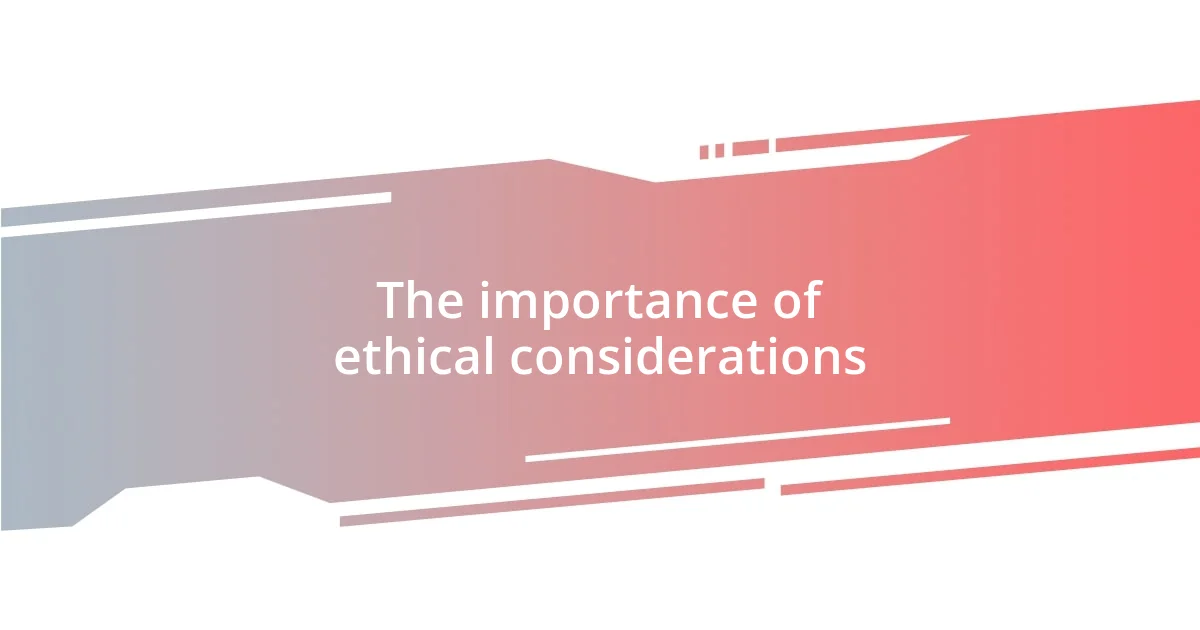
The importance of ethical considerations
Ethical considerations in genome editing are paramount, as they guide the responsible use of this transformative technology. I often reflect on the conversations I’ve had with colleagues who emphasize the potential consequences of our decisions. It’s like standing at a crossroads—we can go left to cure diseases or right to enhance our offspring’s traits. Each choice carries weighty implications that warrant serious discussion and thoughtful deliberation.
- The potential for unintended consequences, such as creating genetic inequalities.
- The moral implications of editing human embryos and affecting future generations.
- The risk of “designer babies” leading to new forms of discrimination.
In those conversations, I’ve felt a mix of hope and trepidation. On one hand, we have a chance to eradicate suffering from genetic disorders. Yet, on the other, there’s this haunting question: How do we ensure that we are not opening a Pandora’s box? For me, it’s essential that we engage in these discussions, as they influence policies that shape our ethical landscape.
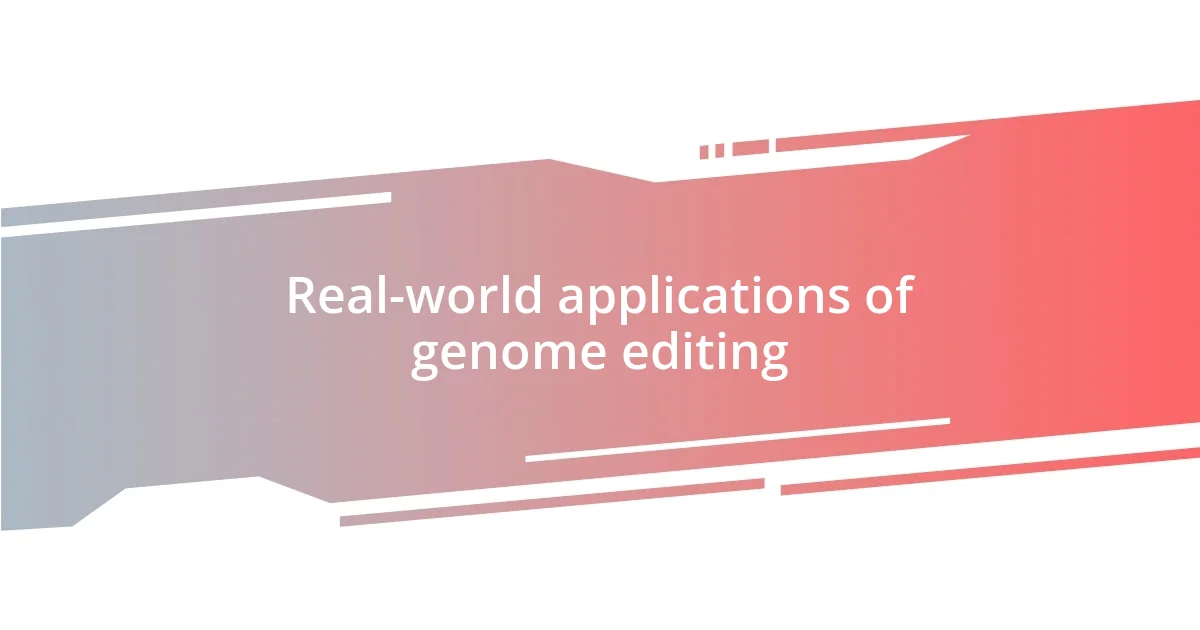
Real-world applications of genome editing
Real-world applications of genome editing have already begun to transform medicine and agriculture in ways that I find deeply exciting. One of the most significant breakthroughs has been in the treatment of genetic disorders, like sickle cell anemia. I recall speaking with a young scientist who shared her joy in observing the first patients receiving CRISPR treatments—seeing their lives improve was genuinely moving, reinforcing my belief in the potential of this technology.
In agriculture, genome editing is being used to create crops that are resistant to diseases and climate change. I remember watching a documentary that showcased how farmers are benefiting from these innovations. They showed improved yields while using fewer pesticides, which not only leads to cost savings but also promotes environmental sustainability. It’s inspiring to think about how these advancements address food security issues globally.
| Application | Description |
|---|---|
| Medical Treatments | Editing genes to cure genetic disorders, such as sickle cell anemia. |
| Agricultural Innovation | Enhancing crop resilience to diseases and adverse climate conditions. |
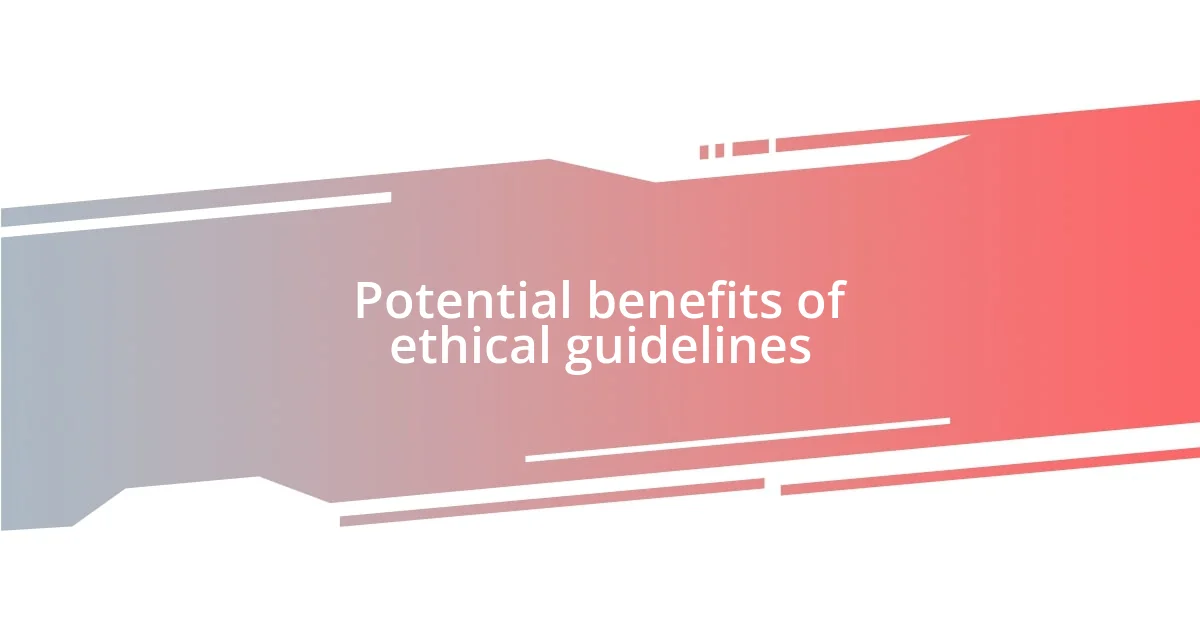
Potential benefits of ethical guidelines
Ethical guidelines in genome editing can foster public trust, which I consider crucial for ongoing research and application. I recall a workshop where industry leaders discussed how transparency in ethical practices sparked community interest and engagement. Without trust, how can we expect society to embrace these groundbreaking advancements?
Additionally, having clear ethical standards can help prevent misuse of this powerful technology. I remember speaking to a researcher who advocated for responsible approaches, emphasizing that ethically sound guidelines serve as a safeguard against potential abuses, like creating genetic enhancements for the elite. The thought of widening the gap between socioeconomic classes weighs heavily on my mind; it underscores the importance of maintaining fairness in scientific progress.
Most importantly, ethical guidelines pave the way for collaborative efforts across diverse fields, including law, ethics, and science. During a panel discussion, I witnessed how interdisciplinary dialogues not only enriched the conversation but also led to innovative solutions that respect moral boundaries while advancing our knowledge. Isn’t it inspiring to think that by working together, we can navigate these complex issues more effectively?
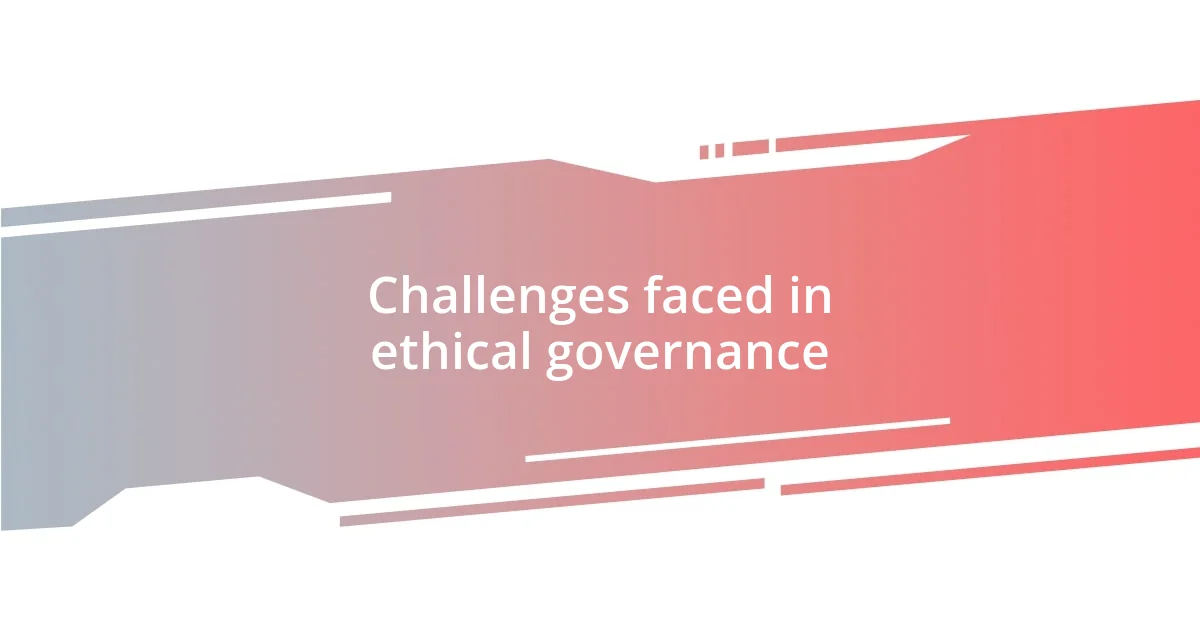
Challenges faced in ethical governance
Navigating the realm of genome editing ethics presents several daunting challenges. For instance, balancing rapid technological advancements with the slow pace of ethical governance often feels like an uphill battle. I can’t help but wonder: how do we ensure that our moral compass keeps pace with scientific capabilities? It’s a pressing concern that looms large over every research initiative.
One of the most striking hurdles is the diverse cultural perspectives on genetic manipulation. In my discussions with colleagues from around the world, I’ve encountered varying beliefs about what constitutes ethical boundaries. It’s fascinating yet unsettling to realize that while I might view certain edits as beneficial, others see them as overstepping natural limits. This divergence leads to a complex interplay of regulations that can hinder international collaboration.
Moreover, the issue of accountability in genome editing is an ever-present challenge. I recall engaging in a lively debate at a conference, where experts questioned who should be held responsible for potential negative consequences of genome modifications. Should it be the researcher, the institution, or perhaps even the regulatory body? It’s a nuanced topic with no easy answers, and grappling with it truly emphasizes the importance of transparent and robust governance frameworks.

